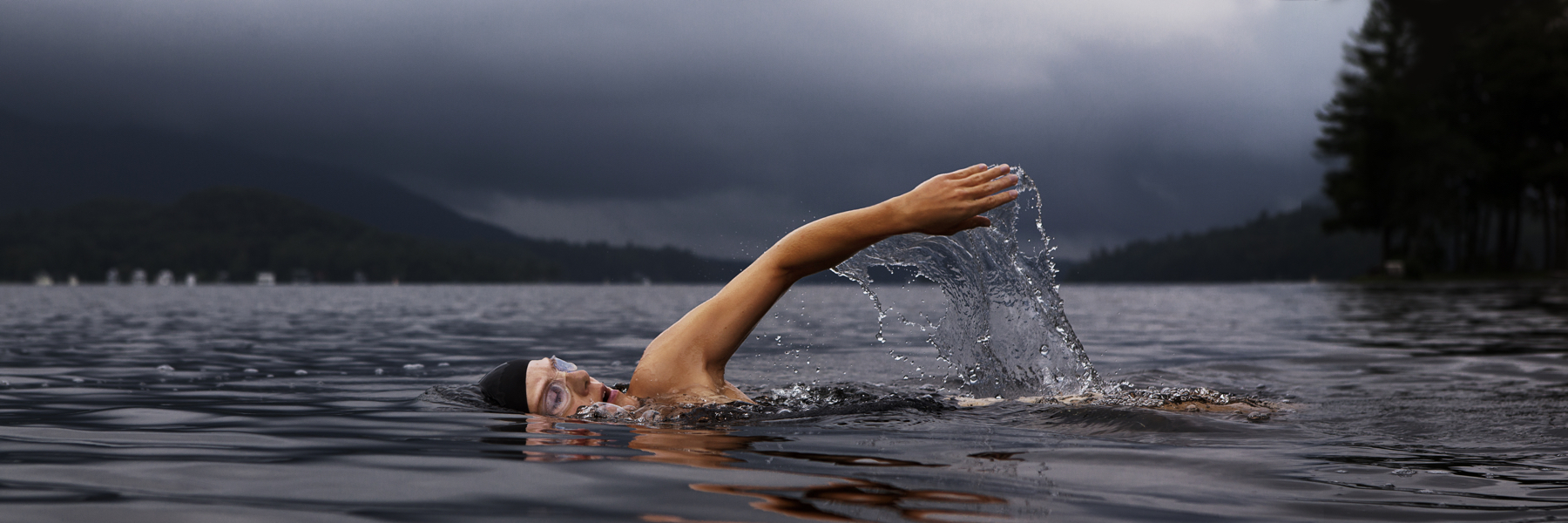Blog
Give Stability a ‘Tri’
Stability Exercises for Triathletes
Our joints need to have good mobility to allow us to move, but they also need stability to hold them together under load. For each individual doing a given sport, there is an optimum balance of mobility and stability. Triathletes need to manage the combined movement requirements of three sports. There is always going to be some compromise. The best triathlete in the world is not going to be the greatest swimmer, biker or runner but will be most successful at putting all three together.
Mobility is helpful in the shoulder girdle and ankles for the swim, whereas stability is required in the trunk and hips for managing impact forces on the run and creating propulsion on the bike. Tightness in the calf may help the natural springs of the body to improve efficiency on the run, but if ankle mobility is too restricted then injuries may occur due to altered biomechanics. Knee issues are commonly caused by loss of ankle mobility or poor hip / trunk stability. Shoulder issues often develop because of poor activation of shoulder girdle stabilizers and loss of shoulder joint range of motion.
Who needs to do stability exercises
Each of us is built uniquely, so ideally you want to know your own predispositions for mobility and stability. Repetitive static patterns like sitting posture, computer use as well as repetitive dynamic patterns like swim/bike/run will tend to cause fairly predictable imbalances over time… so most of us could use a tune up. Age changes and injury history can also predispose to asymmetries and stability issues. Also, if you have a very mobile, flexible body type, then stability will likely be of great benefit for moderating the impact forces of running.
Which areas need work
The exercises demonstrated in the No Limits video are common, effective and evidence based ones for introducing stability. Key muscles that are commonly inhibited or weak in triathletes are the lateral hip stabilizers (gluteus medius) the hip extensors (gluteus maximus), the trunk rotational stabilizers (abdominal obliques), the postural back muscles, and the shoulder stabilizers (trapezius, rhomboids and serratus anterior).
When training activation and stability, the goal is not to use high force and speed initially, but to use lower load and control. This means exercises are generally done slowly with either holds or repetitions. The goal is to do the exercises with correct technique and to feel some localized fatigue. Exercises should never be painful to perform. If an exercise is uncomfortable, check technique first. If better form does not help, then abandon the exercise. The pain may be a warning sign of potential injury or altered movement mechanics.
When muscles are very weak, doing fewer repetitions but more often is more effective. When in more of a maintenance mode, two to three times per week is a good plan to keep the body balanced from the rigours of life and training. Doing roughly two to three sets of 10-15 is effective. Spending 15-20 minutes may be all that is needed, but do it regularly.
As you get stronger, degree of difficulty can be increased with working against gravity, narrowing base of support or adding resistance. Stretch tubing like theraband, mini-bands and sport cords are helpful. Progressions can also include hand weights, kettlebells and medicine balls.
Breathing is very important. Breath holding is commonly used as a strategy to seek stability or when we are concentrating on a difficult task. We need to be able to breathe and exercise at the same time or we will tire quickly and lose ability to focus. Breathe in and out slowly using deep breaths that use the diaphragm.
The Exercises
The Bridge: This exercise is good for gluteus maximus activation and hip extension. The focus is on using the buttock to lift hips, not the back or hamstrings. This area is commonly weak in many of us due to time spent sitting, poor posture and minimal use of deep squatting activities in our first world lifestyle.
The Clamshell: This is a key pattern for gluteus medius activation and hip abduction /external
rotation. The focus is on using the lateral hip muscles to lift the leg. Work hard to stop the back from twisting in this exercise. Gluteus medius is known as ‘the walk’ muscle as it is needed to help hold the body upright on the single stance leg.
Dead Bug: This movement helps to activate the front trunk stabilizers like transversus abdominus and obliques. Moving arms and legs around a stable core is of fundamental importance for core stability and very relevant for a triathlete.
Bird Dog: Known as a safe and effective way to activate the back muscles, the bird dog uses a four point kneeling base to move the legs and arms on the diagonal. Like the dead bug it uses the natural spiral slings in the body to stabilize the trunk.
A, T, W, Y: This ‘alphabet’ exercise engages the stabilizer muscles around the shoulder girdle. Done in a face down position on the ball, ATWY positions activate the rhomboids, upper, middle and lower fibres of trapezius.
Squats: Ability to deep squat to at least 90 degrees’ knee flexion, with holding the trunk up and arms overhead is a benchmark sign of good joint mobility and trunk stability. Inability to perform the squat pattern is cause for evaluation. Sometimes it is simply a matter of stiff ankles (common in runners) that makes squatting difficult, and sometimes it is lack of trunk stability.
Stir the Pot: Done on the fit ball, this exercise pulls together use of trunk stabilizers with a shoulder control movement. Stirring the Pot is challenging, but can be used as a benchmark for trunk and shoulder stability. The exercise activates the lats, serratus anterior as well as front and back trunk stabilizers
Side Plank: A good exercise for the lateral chain of muscles, the side plank activates the obliques, gluteus medius and shoulder girdle stabilizers. Adding leg raises is a great progression for gluteus medius stability control.
Here are variations/progressions for some of the above exercises:






